Bears Head
The Bear’s Head Tooth, also known by its Latin name of Hericium Americanum is a very popular, nutritious, and tasty edible and medicinal mushroom in the Hericiaceae family. Easy to grow, tender to eat, and with a delicious nutty flavour, the Bear’s Head Tooth Mushroom is one of the most popular mushrooms to grow at home.
Taste |
Ease to Grow |
Yield |
Health Benefits |
|---|---|---|---|
★ ★ ★ ★ |
★ ★ ★ ★ ★ |
★ ★ ★ ★ ★ |
★ ★ ★ ★ ★ |
- Satisfaction Guaranteed
- No Hassle Refunds
- Secure Payments
Summary
The Bear’s Head Tooth, also known by its Latin name of Hericium Americanum is a very popular, nutritious, and tasty edible and medicinal mushroom in the Hericiaceae family. Easy to grow, tender to eat, and with a delicious nutty flavour, the Bear’s Head Tooth Mushroom is one of the most popular mushrooms to grow at home.
Bear’s Head Tooth Description and Taste
Famed for their nutty and meaty flavour when picked young and cooked, Bear’s Head mushrooms are quite tender and meaty with a mild, nutty taste and a sweet and fragrant seafood-like undertaste which some have described as similar to lobster or crab.
Bear’s Head Tooth mushrooms grow in medium to large, compact, clusters that look like fungal icicles hanging tree trunks. The Bear’s Head Tooth mushroom grows on average 15-30 centimeters in diameter and has soft, white smooth spines drooping downward from a thick, branched body.
The various branches of the Bear’s Head Tooth Mushroom are exposed when sliced. As it matures, the spines change from white to pale yellow whilst its taste becomes more bitter and unpleasant as it matures.
What are the Uses of Bears Head mushrooms?
As well as being incredibly tasty, the Bear’s Head Tooth Mushroom has developed a strong reputation for being a top ‘Brain’ food.
The Bear’s Head mushroom produces Eninacines, which are strong nerve growth factor synthesis stimulators. These compounds stimulate neurons to regrow, which supports the brain and neurotransmitters. As a result, the Bear’s Head Tooth Mushroom is used to treat Alzheimer’s disease and dementia.
Bear’s Head Tooth can also be used as an antidepressant, as a neuroprotective, and for cognitive enhancement.
Dried and powdered Bear’s Head mushroom was traditionally used by Native American tribes to stop bleeding wounds and cuts.
How to Use Bear’s Head Tooth Mushrooms
It is important to use the Bear’s Head Tooth Mushroom whilst it is young, white and tender. Like all edible fungi, the Bear’s Head mushrooms must be cooked before consumption. They should be used immediately as they tend to become bitter if kept in the refrigerator for more than a few days.
The Bear’s Head Tooth Mushrooms are best suited for baking, sautéing, and frying applications. Most people say that they are best broken up or cut into chunks and pan-fried in oil and butter until browned.
They can also be broken into smaller pieces and used to complement a variety of meat, fish, or vegetarian meals.
The Bear’s Head Mushroom is also used as a meat substitute in crab cakes, fish tacos, and clam chowder.
Bear’s Head mushrooms particularly go well with potatoes, corn, cabbage, shallots, garlic, sriracha, saffron, truffle butter, onion, leeks, apples, and meats such as chicken, beef, or pork,
Nutritional Value
The Bear’s Head Tooth Mushroom is packed with protein, fiber, antioxidants, iron, and Vitamin D.
Protein: Like most mushrooms, Bear’s Head mushrooms are likely to contain some amount of protein. While they may not be a significant source of protein compared to animal-based foods, they can still contribute to overall protein intake, especially for individuals following vegetarian or vegan diets.
Carbohydrates: Mushrooms are typically low in carbohydrates, making them suitable for various dietary preferences, including low-carb and ketogenic diets.
Dietary Fiber: Mushrooms, including Bear’s Head mushrooms, contain dietary fiber, which is essential for digestive health and may help promote feelings of fullness.
Vitamins and Minerals: Mushrooms are known to contain various vitamins and minerals, including B vitamins (such as riboflavin, niacin, and pantothenic acid), vitamin D (especially if exposed to sunlight), potassium, phosphorus, and selenium. The specific amounts may vary based on growing conditions and species.
Bioactive Compounds: Bear’s Head mushrooms, like Lion’s Mane mushrooms, are believed to contain bioactive compounds such as polysaccharides, beta-glucans, and hericenones, which are thought to contribute to their potential health benefits, including immune support and cognitive health.
Low in Calories and Fat: Mushrooms are naturally low in calories and fat, making them a healthy addition to various diets.
How to Store Bear’s Head Tooth Mushroom?
As with the Hericium family, Bear’s Head Tooth Mushrooms are best preserved by freezing. This can be done by freezing the mushroom whole or in pieces.
Out in the Wild
Wild Bear’s Head mushrooms are indigenous to North America, especially in the Rocky Mountain area. They can be found in the late summer through early fall, while cultivated Bear’s Head mushrooms are available year-round.
Bear’s Head mushrooms grow on both living and dead deciduous hardwood trees such as birch and oak.
Bear’s Head Tooth vs Lion’s Mane
The Bear’s Head Tooth and Lion’s Mane mushrooms are remarkably similar.
Although from the same Hericium erinaceus species, the difference between the two is only very slight and primarily ecological. This can best be seen in the presence of a branched fruiting body in the mature Bear’s Head species and the lack thereof in the lion’s mane species.
The Bear’s Head will have multiple branches forming from the stalk, each branch decorated with icicle-like spines, whereas the Lion’s Mane does not branch. Instead, the Lion’s Mane mushroom has a spine that grows more compactly, which gives more of a ‘pom pom’ effect.
From a taste perspective, the Bear’s Head Tooth has a slightly nuttier flavour than the Lion’s Mane.
| Weight | 2Kg., 4.5Kg. |
|---|
Growing Tips
Use a sharp and clean knife, and make 2 incisions corner to corner of the window in the bag (making an X shape), exposing the substrate block. Water with a few squirts from a spray bottle. Place upright in a light, well-ventilated area with the opening facing daylight but not in direct sunlight. Your mushrooms will grow best at temperatures between 18ºC-22ºC.
Harvest the mushrooms when they are no longer doubling in size. To pick, reach underneath, grabbing the mushrooms at the base of the stem and twist firmly to release.
- Is the Bear’s Head Tooth Mushroom easy to grow?Yes, growing the Bear’s Head Tooth mushroom at home is considered one of the hardier, easier-to-grow fungi.
- Can the Bear’s Head Tooth be Eaten Raw?It is strongly recommended that the Bear’s Head Tooth should be cooked before eating.
- What is the taste of the Bear’s Head Tooth Mushroom?When cultivated when still white and before it matures into a yellow colour, the Bear’s Head Tooth Mushroom gives a strong nutty taste without any strong odour.
- How to Store the Bear’s Head Tooth Mushroom?The versatile Bear’s Head Tooth can be dried and powdered, frozen whole, or frozen in pieces.
- When Should Bear’s Head Tooth Mushrooms Be Cultivated?The Bear’s Head Tooth Mushroom grows very quickly and can be ready to harvest within just two weeks.
- How Big is the Bear’s Head Tooth Mushroom?The fruiting body of the Bear’s Head Tooth Mushroom can grow up to around an average of 30cm wide.
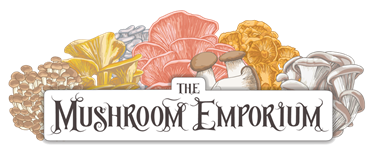
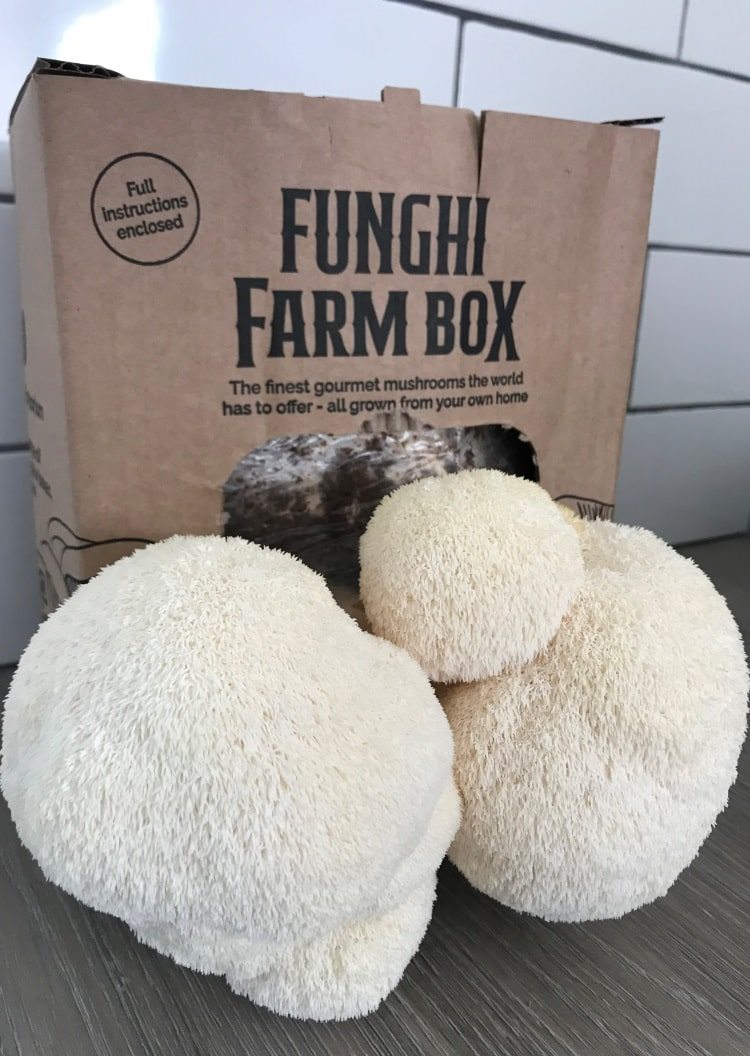
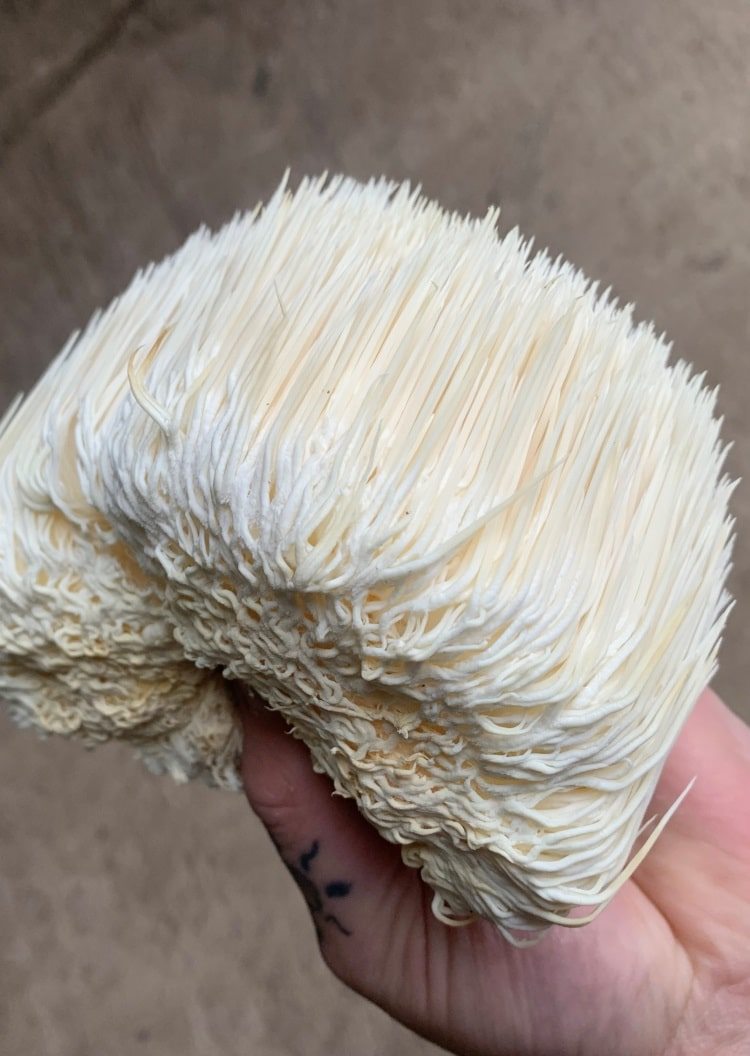
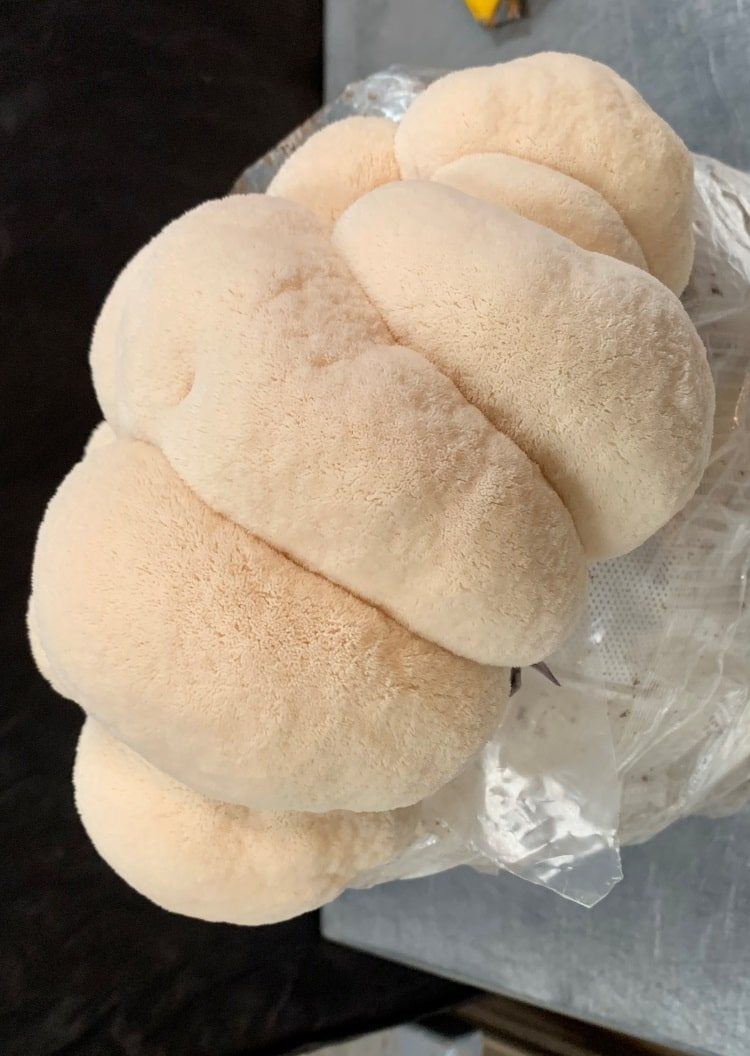
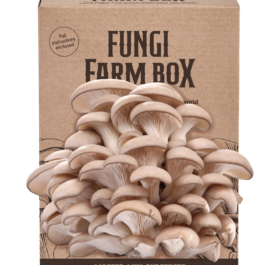

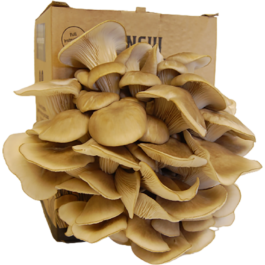
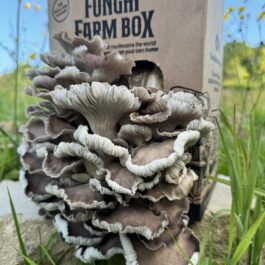
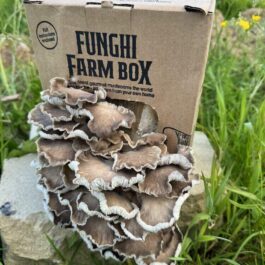
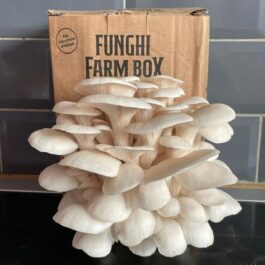
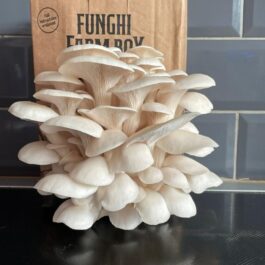
Reviews
There are no reviews yet.